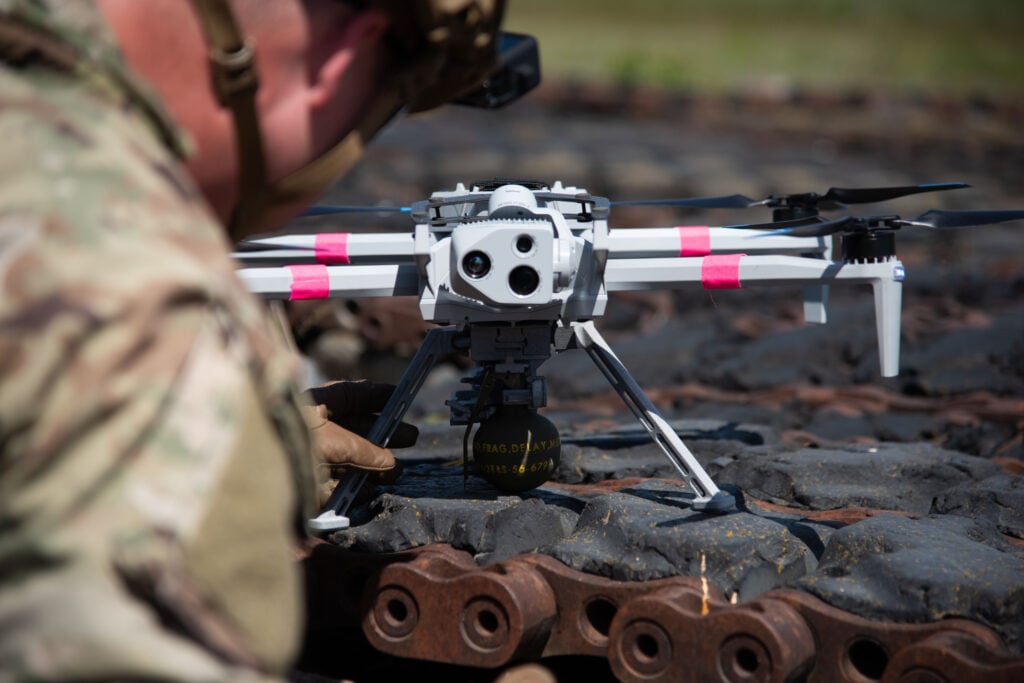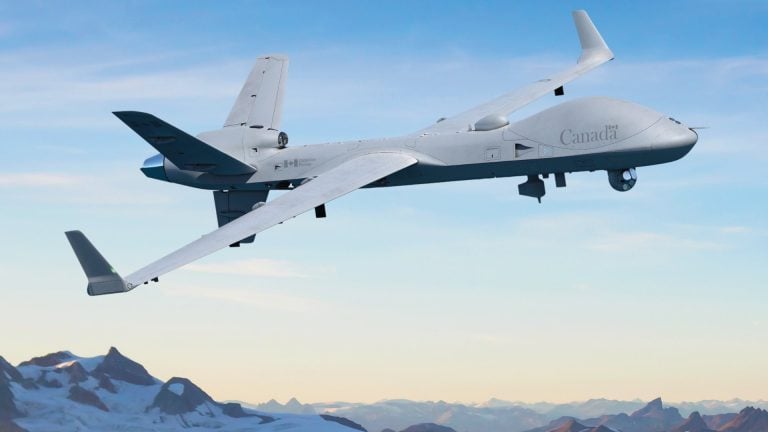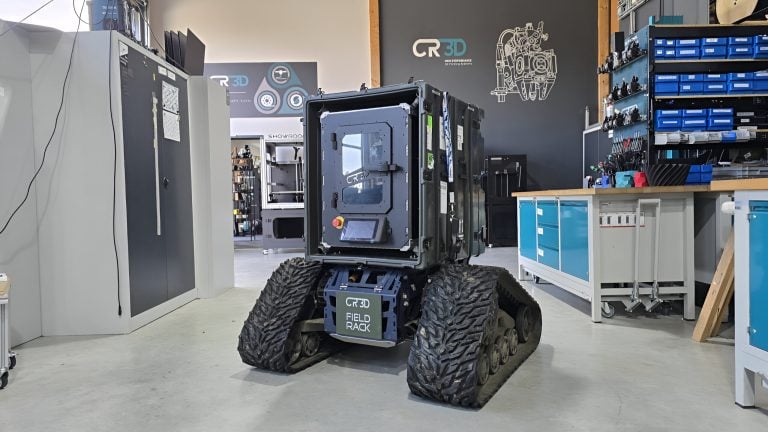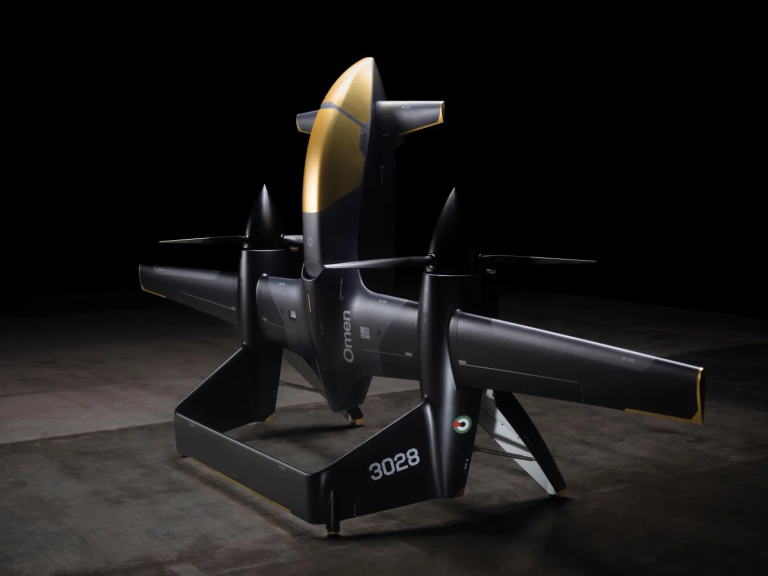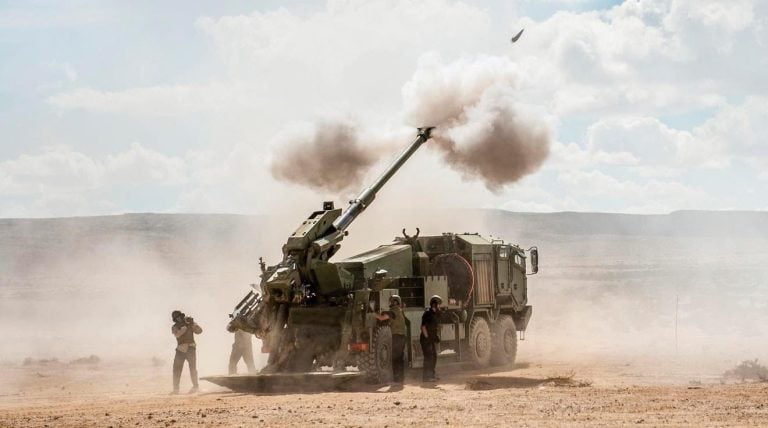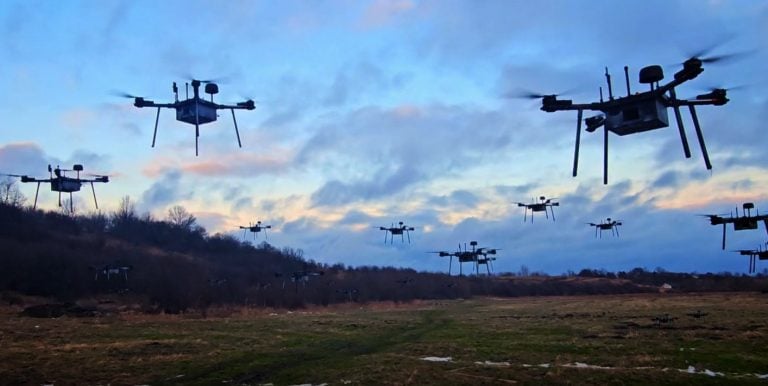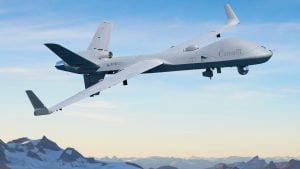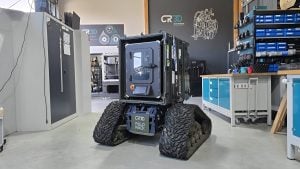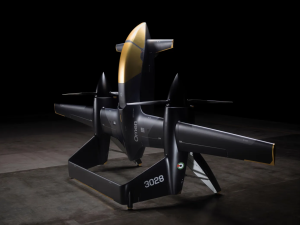The US Army has reached a significant milestone in modern warfare by successfully executing an autonomous bombing operation using a small unmanned aerial system at the Grafenwoehr Training Area in Bavaria, Germany. The exercise featured the Skydio X10D platform, which was outfitted with the “Audible” explosives dropper, a technology developed by the service’s Combat Capabilities Development Command.
During the training session, troops utilized a live M67 grenade—a spherical steel munition characterized by its pyrotechnic delay fuse and fragmentation effect. This use of a live ordinance underscores the seriousness of the training and the operational realities faced by troops.
To ensure the safety and effectiveness of the operation, counter-unmanned aerial system (counter-UAS) solutions were established to minimize disruptions. Additionally, the flight protocols for the drone were approved by the German Ministry of Defence, further highlighting the collaborative effort between the US and German military authorities.
The exercise was overseen by experts from the 7th Army Training Command (7ATC), and involved participants from various units, including members of the Joint Multinational Training Group-Ukraine, the 1st Army, and the Grafenwoehr-based 173rd Airborne Brigade and 18th Military Police Brigade.
This live-drop trial aligns with the broader initiative of US Army Europe and Africa to enhance the readiness of American troops, as well as NATO allies and partners, in light of the ongoing conflict in Ukraine. The selection of the M67 grenade and the application of the Audible device during the demonstration reflect the types of ordnance and technologies that American warfighters would carry into actual combat.
The integration of a 3D-printable dropper device aims to improve close-air support for dismounted troops during future operations. Initial findings from the demonstration will inform subsequent design modifications for the UAS bomber, and may help expand the effectiveness of the Audible technology for training across the operational area and for US Forces Command.
Looking ahead, the Army plans to evaluate this concept further throughout the summer as part of its effort to develop unmanned cargo transport capabilities. “This is revolutionary; Soldiers will utilize this capability in the fight beautifully,” stated David Oeschger, the deputy operations chief for 7ATC, emphasizing the transformative potential of the technology in enhancing battlefield effectiveness.
